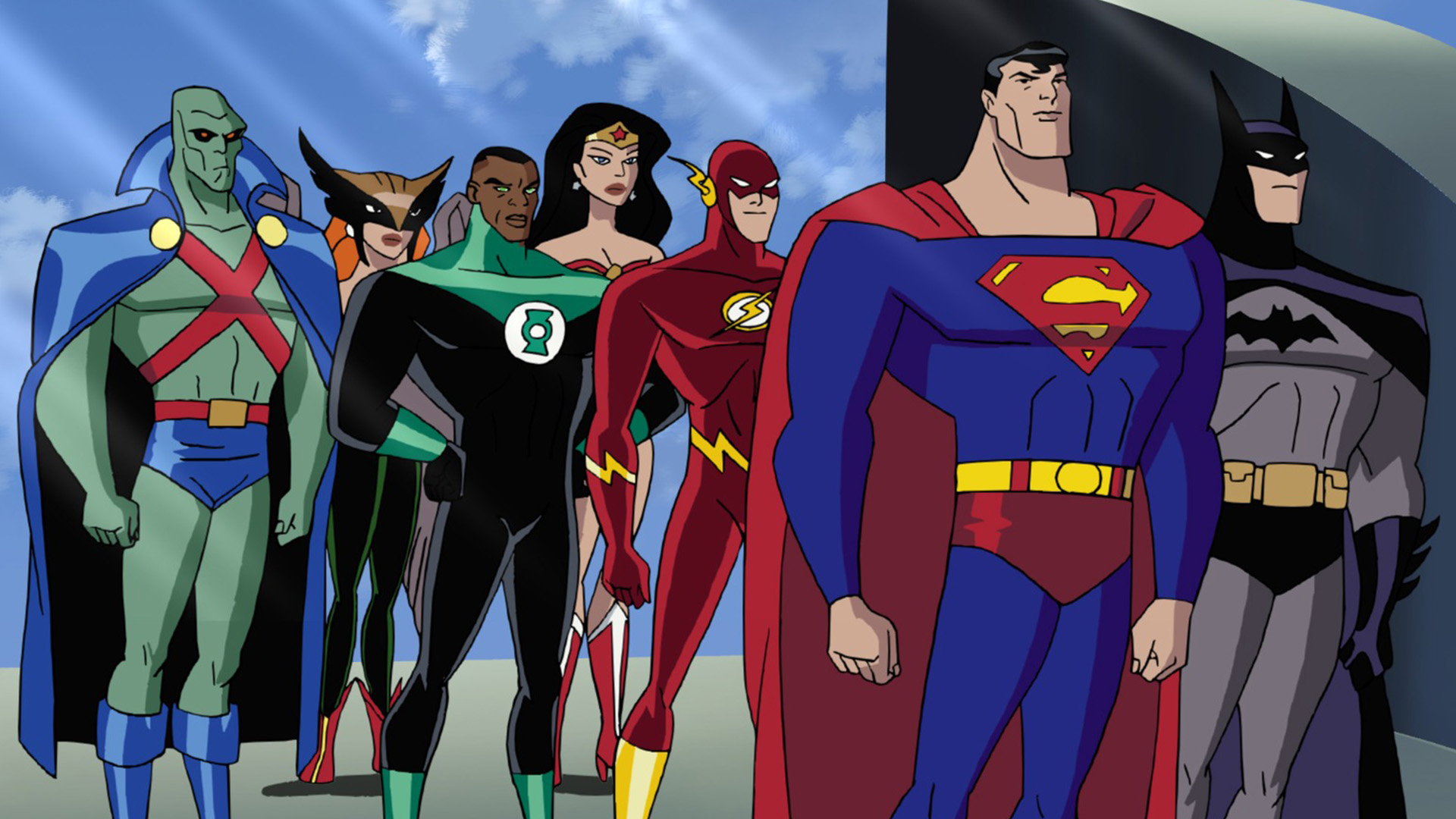
Contrary to popular belief, DC's ‘holy trinity' is not Batman, Superman, and Wonder Woman. No, it's the ‘90s Batman cartoon, the '90s Superman show, and of course, the Justice League animated series that ran after for just two seasons before ending in May 2004.
Across 52 episodes, Justice League expanded the world Bruce Timm and co. created in those first two shows with the best adaptation of DC's premier super-team to date. And yes, that absolutely includes anything and everything Zack Snyder got his hands on, as well as the fan-favorite Young Justice series and popular animated films like Doom and The New Frontier.
Found family
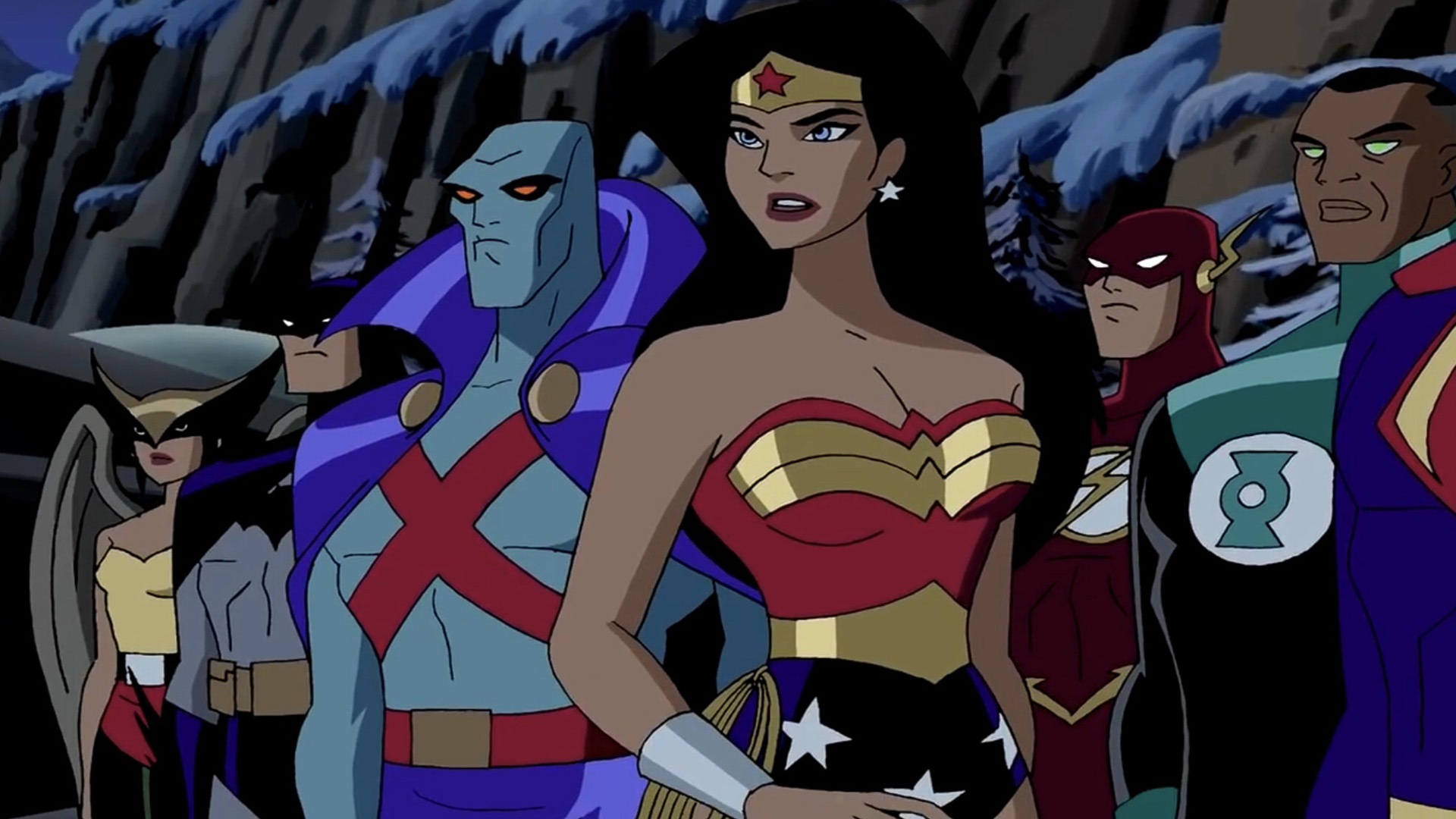
That's not to say Justice League soared from the get-go. The initial three-part alien invasion that first brought The Seven together falls a bit flat now in hindsight, but from that point on, the show successfully juggled each giant personality with natural ease, which is no easy feat given that they're not designed to mesh together in the same way that a family like Marvel's Fantastic Four or X-Men do. Superman, Batman, Wonder Woman, Green Lantern, Martian Manhunter, Hawkgirl, and Flash were all created separately, yet you wouldn't know that when watching Timm's Justice League.
Whether the story at hand brought in the whole cast or featured just a select few heroes at a time, everyone had their fair share of the spotlight with unique character dynamics that made the team feel like a family and not just randoms brought together to fight a threat too big for any one hero. There's too many to name here, but highlights of this include Batman's begrudging respect for The Flash's kid-like exuberance, Martian Manhunter singing a Martian song with the Kents at Christmas, or when the team had to decide what to do with Hawkgirl after that betrayal.
These emotional beats resonated so strongly because Justice League embraced continuity across multi-part storylines and even longer season-wide plotlines that gave the characters space to connect with us and each other beyond flashy displays of power. The same can also be said for the supporting characters and one-off guest appearances, including a wider rogues' gallery far removed from the usual Batman villains that DC likes to peddle out. Each was given equal respect by the creators who clearly held a deep love for the source material, and the same is true of the voice talent who brought them to life as well.
Dream team
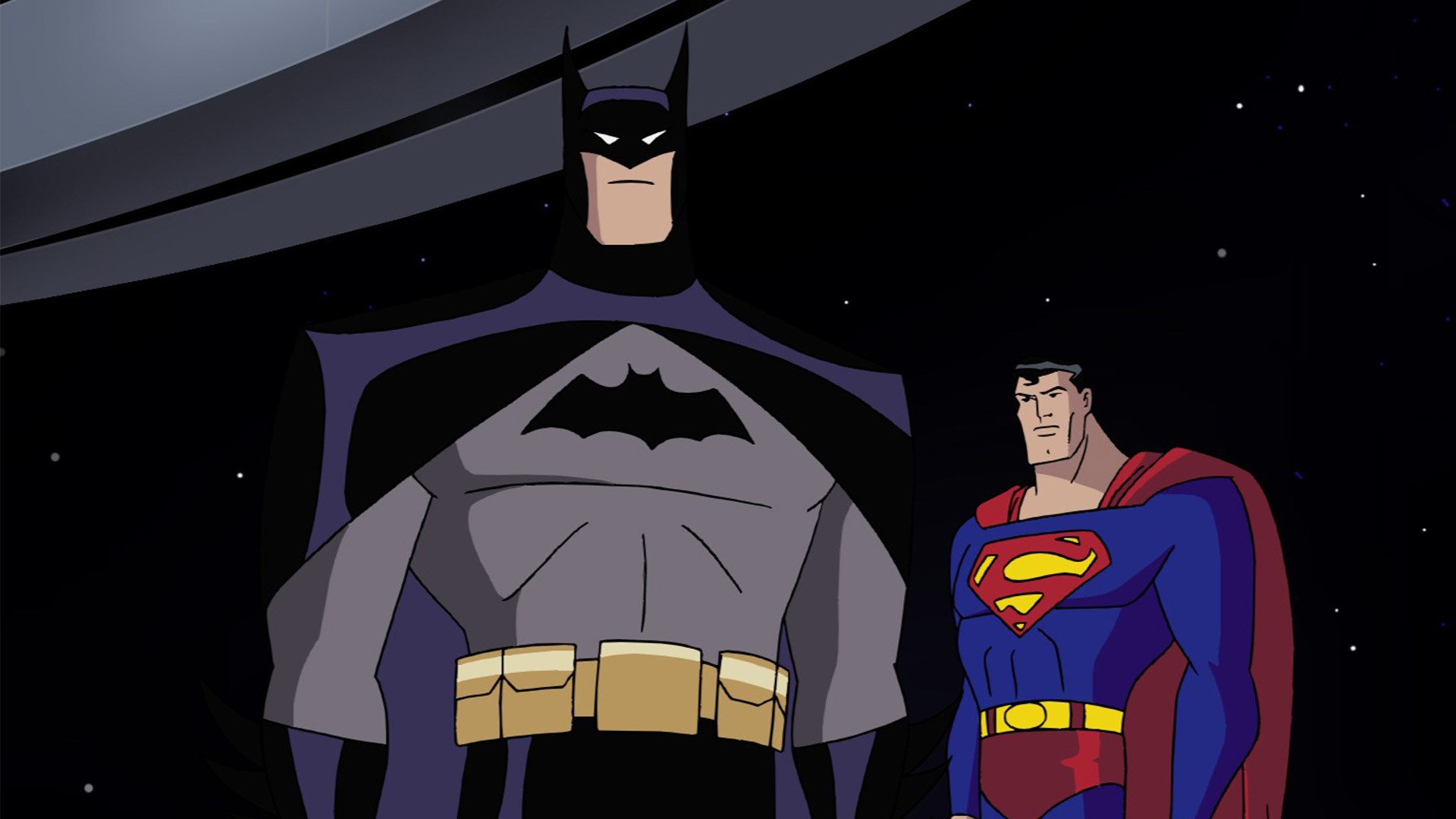
Alongside Kevin Conroy, the definitive Batman for many, Justice League's pitch-perfect voice actors also included Smallville's Michael Rosenbaum and Supergirl's Carl Lumbly, as the Flash and Martian Manhunter respectively. Together, the cast balanced all the stoic heroics we've come to expect from these heroes with a lighter touch that no other adaptation has nailed so easily, before and since. Because yes, the world needs saving and sure, there's a lot at stake, but that doesn't mean everyone has to scowl under their cowl the whole time. Even more serious characters like Green Lantern and Hawkgirl enjoyed occasional lighthearted moments in the show, reminding us that they're ultimately still human whether they were born in the US or on Thanagar.
Subsequent adaptations like The CW's Arrowverse or Snyder's Snyderverse attempted that same balance, but often skewed much further in one direction over the other, often to mixed results. After all, it's hard to enjoy banter when Supes is snapping necks or Aquaman is bro'ing out to the Nth degree.
A mature take
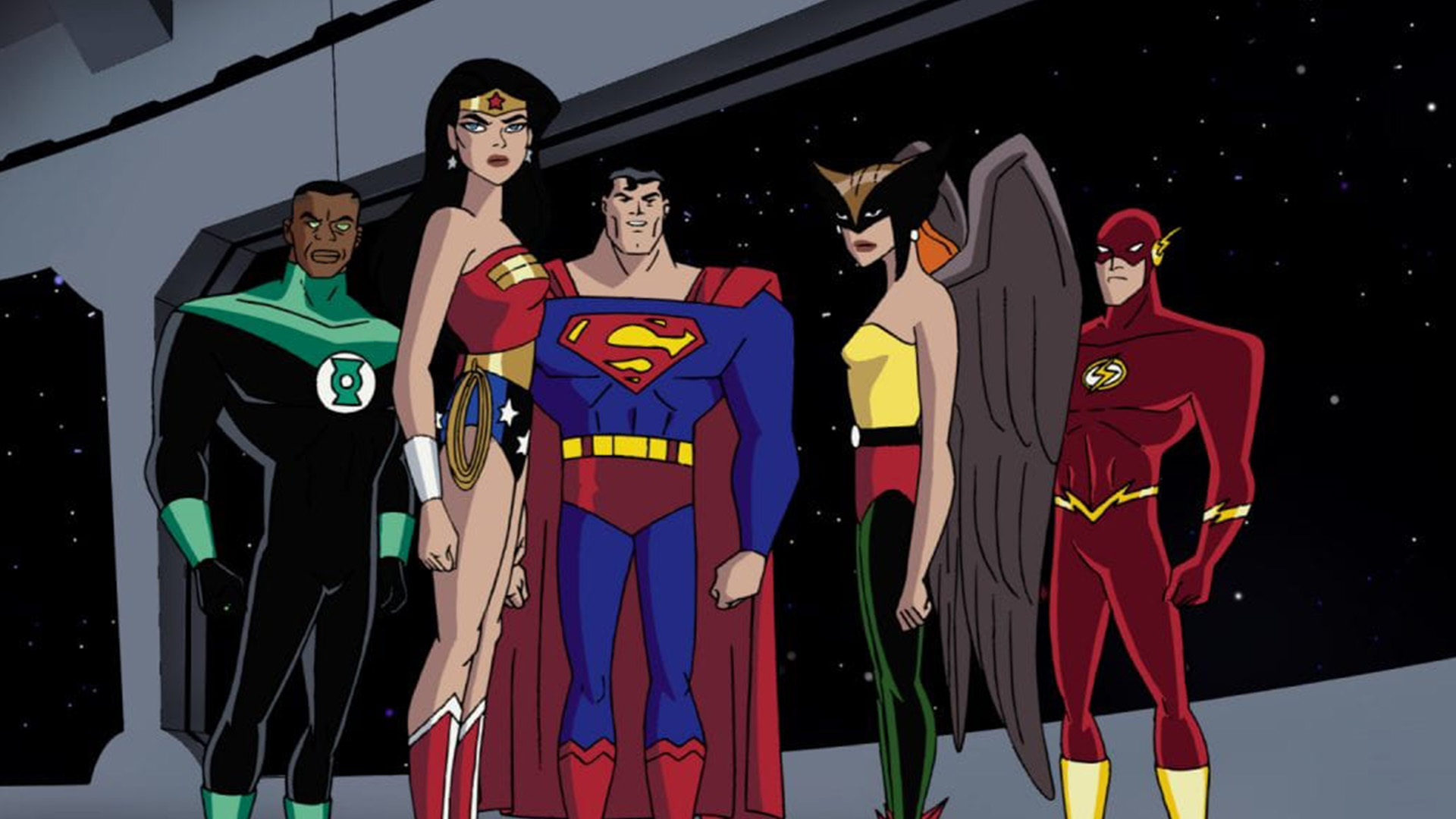
Yet 2001's Justice League didn't play it safe either. For a noughties cartoon, there sure was a lot of adult subtext including (but not limited to) The Flash's corporate contract à la the Vought Corporation, the casual racism Green Lantern was subjected to by old-timey legends in 'Legends', and of course, that Playboy Mansion visit. Don't forget, kids eating their Saturday morning breakfast cereal were forced to watch Arthur Curry cut his own hand off over a decade before Jason Momoa transformed Aquaman into a bad-ass for wider audiences.
Like Marvel's animated X-Men series from a decade earlier, Justice League had universal appeal in that sense, treating both audiences and the team itself with the kind of respect live-action cinema wouldn't even begin to attempt until a few years later.
This was also reflected in Timm's signature animation style which channeled the grandeur of classic Golden Age and Silver Age comics with much-needed weight in the fight scenes, imbuing them with a tangible physicality sans blood or gore. When Superman hits Darkseid and lets out all his pent-up frustration in one earth-shattering punch, you viscerally feel the rage the Kryptonian boy scout is barely able to contain. That terribly dated CGI opening aside, it's remarkable how well all this animation stands up still today.
Lessons to learn
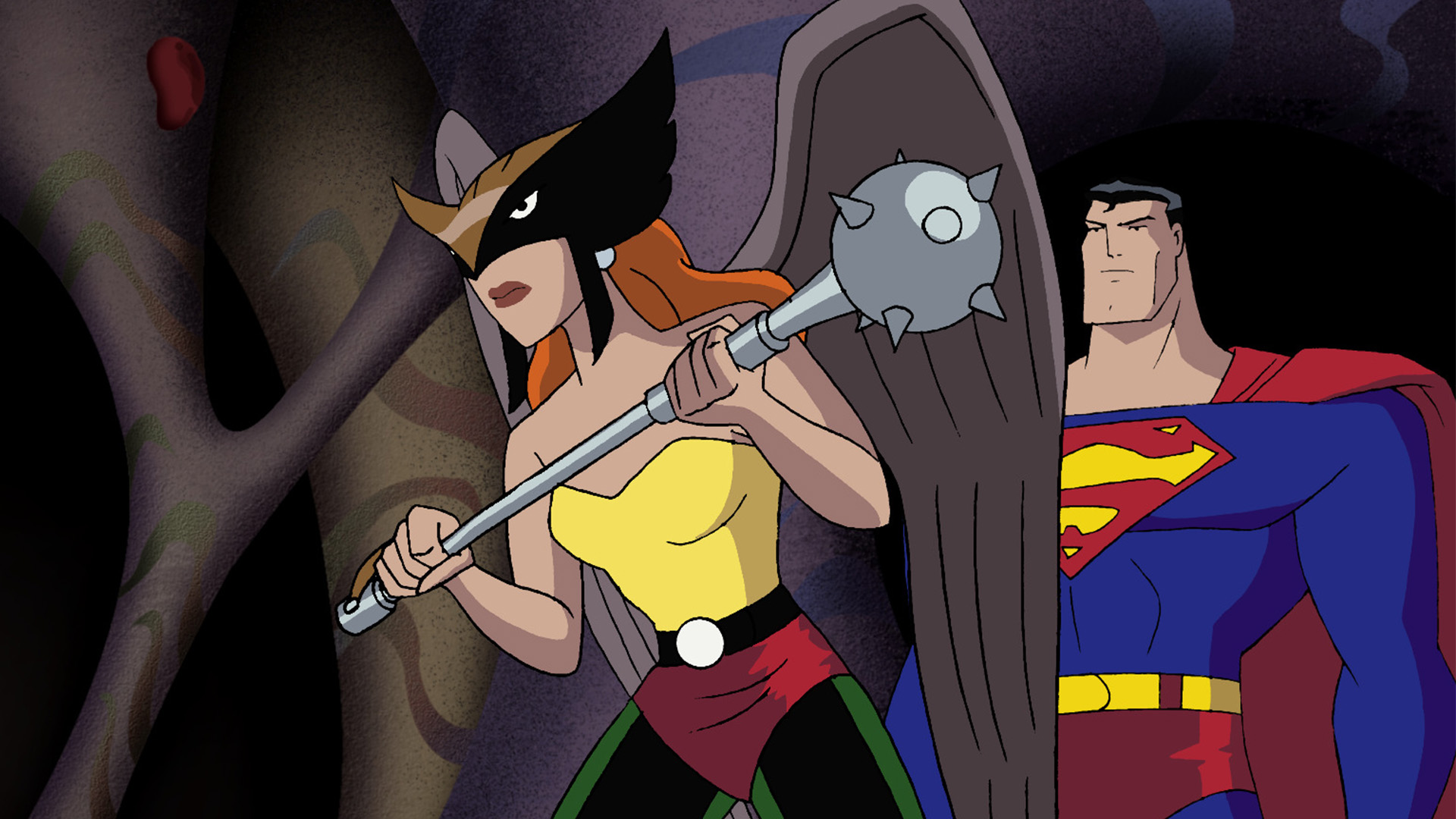
With this in mind, it's baffling how the Zack Snyder films in particular just cast aside this timeless, proven blueprint in favor of what they came up with over at Warner Bros. That's not to say new creators shouldn't try new things — that's exactly how the DC mythos has thrived so long in the comics — but there's so much to gain from studying Timm's Justice League cartoon specifically, not least how the show prioritized lesser known versions of iconic heroes like Hawkgirl over Hawkman, Wally West over Barry Allen, and John Stewart over Hal Jordan, reminding us that there's so much more scope to this universe beyond the usual go-to heavy hitters
After the season two finale, Justice League delved into this further by rebranding as Justice League Unlimited, an expansive follow-up that brought in countless more DC heroes who finally received the spotlight they had long deserved, but were so rarely given. There were stand-out moments for sure — try thinking about Batman on that swing with Ace and not crying — but at times it was very overstuffed, trying to do too much at once. Yet that hasn't stopped fans from clamoring to see more of this version ever since.
Around 2004, Timm revealed plans to create a movie that would bridge the gap between Justice League and Justice League Unlimited. While that didn't happen, a later film named Justice League: Crisis on Two Earths lifted the same plot in 2010, albeit without any canonical reference to Timm's original team. The same voice cast and same animation models later returned for another feature, Justice League vs. the Fatal Five, in 2019, and three years on, the OG team were brought back for a new comic book run titled Justice League Infinity that continued the story of the original cartoon. Yet nothing quite compares to the original series still. It's the third pillar of DC's animated trinity that best captured the world's finest at their finest and every subsequent adaptation has been playing catch up ever since.
Season 1 of Justice League is available to stream now on Netflix.
Discover what else to add to your watchlist with our guide to the upcoming superhero movies soon heading your way.







